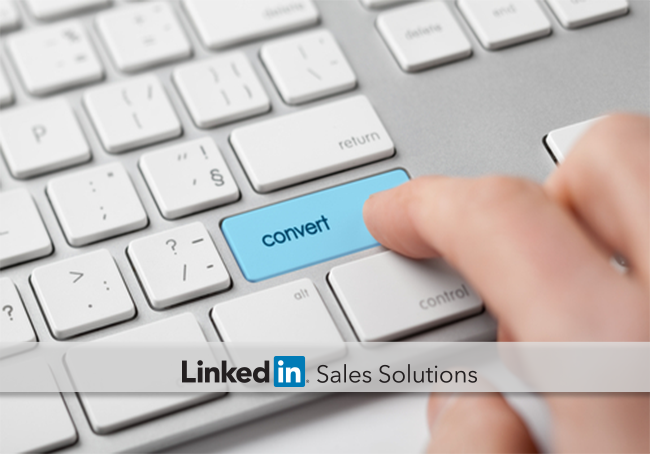B2B sales strategies and trends
Ask the Expert: Celina Guerrero on LinkedIn Messages That Convert
We recently sat down with Celina Guerrero, founder of Social to Sales Strategy & Training, to get her thoughts on writing a perfect LinkedIn Message.
In a recent post “How to Write A LinkedIn Message That Converts” you outline the ABC's of writing a LinkedIn message (Audience, Benefit, Call to Action). In your experience, where are most sales pros currently missing the mark when it comes to writing LinkedIn messages that inspire action?
A chronic problem for sales pros writing messages to prospects is not taking into consideration the person they’re writing to. While they might have business criteria for their ideal client, LinkedIn is unique in that it offers personal information about that individual prospect.
It’s crazy (even irresponsible) to not take that information into account. When you personalize your message in such a way that the person knows you’ve viewed them as a person with a story, not just the source of your next paycheck, you’ll increase your conversion rate.
You can use a message template as a starting point, but it should never be your final copy.
While templates are critically important for efficiency and consistency, I don’t believe they should be copied and pasted without being altered to include language that calls out personal recognition of the individual. No one ever sold anything mindlessly copying and pasting. Not anymore and not on LinkedIn.
In the same post, you say "The audience you're writing to should feel high emotion when reading your message." What tips do you have for sales pros who struggle with the emotional element of messaging?
The way to create emotion is simple: Provide detail.
Think about telling a scary story. You can’t just say, “We were in the woods and a ghost jumped out at us.” You need to be descriptive. “It was a black night. The moon was hidden by dark and grey clouds.” The reader’s mind begins to create a scenario in their head.
When you use quantifiable and descriptive words like, “By sourcing 4 data points from your existing data, on average we can increase our client’s manufacturing output by 33%”, your ideal customer begins to imagine what success for them is going to look like and how they’re going to get there.
When they can see a solution playing out in their head, when they can feel it is within reach, that’s when they’ll respond to your message.
What advice do you have for sales pros who want to improve response rates by improving their calls to action?
Ideally, you have a buyer content map. A content map can be simple, or it can be complicated.
But essentially, you want to answer the question: “What are the breadcrumbs I want to offer prospective clients at each stage of their buying process?” (Note, I didn’t say, sales process.)
“What appetite might my ideal customer have at any given time in their decision-making process?”
At first they might just want a free sample. That could be a blog.
Or it could be an appetizer, like an e-book.
Once they’ve had a taste of what your solution can provide, or are really hungry for a solution, then offer them an entree, like an in-person meeting or a 30-minute call.
If you really understand your ideal client, you’ll understand what information they might need at each stage of their exploration. If you’re giving them what they want, when they want it, you’ll improve your response rates significantly.
Your prospects’ LinkedIn activity can be a fantastic resource for writing messages that convert. It’s worth investing time in research before you reach out, so you can send a personalized message that demonstrates you understand their needs. Your research should also guide your call to action, specifying the next step that’s appropriate, given the current stage of your prospect’s journey. That extra personal attention can be the difference between a message that goes unanswered and one that converts.
Thanks to Celina Guerrero for sharing her expertise with us.
For more social selling advice from LinkedIn’s experts and thought leaders in the profession, subscribe to the LinkedIn Sales Solutions blog.
Topics: Sales strategy
Related articles




